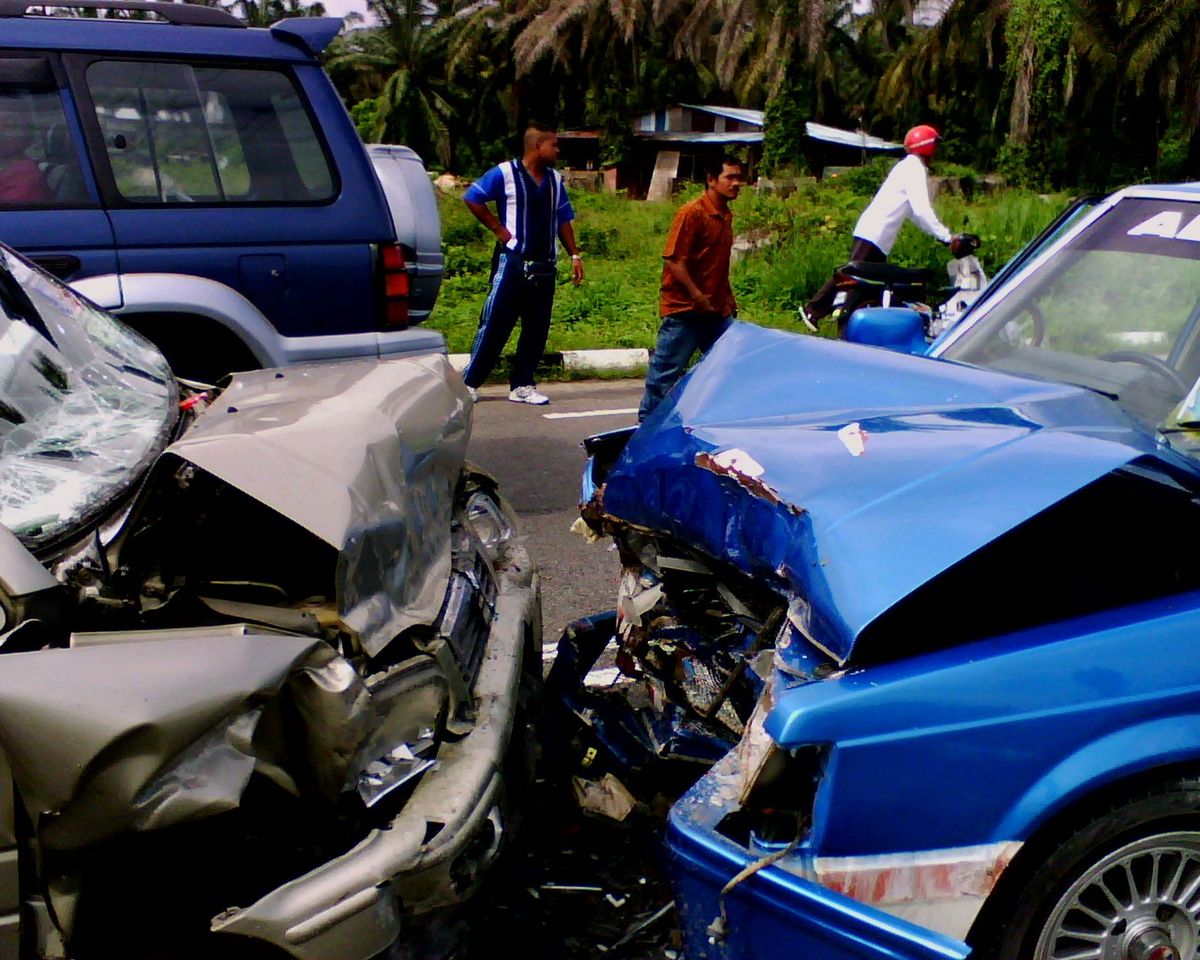States strive to reduce the number of uninsured drivers
Though the number of uninsured drivers was on the decline in the early 2000s, it has again taken a turn for the worse. According to Insurance Journal, one in eight drivers is driving around without car insurance, and twice as many states saw their uninsured motorist rates increase than decrease between 2010 and 2015. Though UM rates are down in some states, including Massachusetts, North Carolina, New York, and Maine, the rates are increasing nationwide.
Uninsured motorist claims typically pay out $25,000, which, according to research presented on Value Penguin, covers less than half of the average post-car accident medical bill. Though UM coverage helps some, it is not enough.
States Form Committees To Study and Make Recommendations Regarding Uninsured Motorists
When UM rates were the highest they’d ever been back in 2003, the states worked together to drive them back down, and they were successful for seven whole years. However, as soon as the efforts let up, rates started climbing again, and today, UM rates are almost back to the 14.9 percent they were when the initiatives were first implemented. Though all states have implemented new measures to get rates back down, Maryland, in particular, has created The Task Force to Study Methods to Reduce the Rate of Uninsured Drivers. This task force is charged with studying and making recommendations regarding the rate of uninsured motorists.
The state hopes to decrease UM rates by offering incentives, creating deterrents and working to reduce the cost of Baltimore car insurance. One thing the state has done is increase the fines and penalties for those caught driving without the insurance. The committee suggests using the fees collected to pay for campaigns aimed at increasing coverage rates.
The committee also suggests the implementation of a verification system at each of the state’s MVAs. Every time a vehicle is registered, the system will check to make sure that the owner has the requisite coverage. However, MVAs won’t be the only agencies privy to such a system. Police forces will also have access to a verification system that links license plate databases to motor vehicle insurers’ databases. Every time an officer scans a plate, he or she will be able to tell whether or not the car is insured.
Education is Key
Though deterrents and incentives are useful, they won’t work without public education. The best way to increase rates is to inform drivers about the risks of NOT having insurance. In addition to fees and penalties—which could be as much as an annual premium—uninsured drivers put themselves and others at risk. Obtaining insurance is a civic duty, one that helps pay for medical expenses, property damage and more in the event of an accident. When a person is injured by an uninsured driver’s negligence, he or she is forced to pay for his or her medical expenses out of pocket, which places a huge financial burden on him or her.
Educational materials can also inform drivers of the actual costs of insurance. Many people remain uninsured because they’re scared of the costs, but if they had access to the right information, they would know that car insurance is affordable, and if it’s not, there are programs that can help.
Boris Dzhingarov graduated UNWE with a major in marketing. He is the founder of ESBO ltd a brand mentioning company. He is also passionate about meditation and healthy living. You can find articles on such topics at his spiritual blog Dzhingarov.com.

